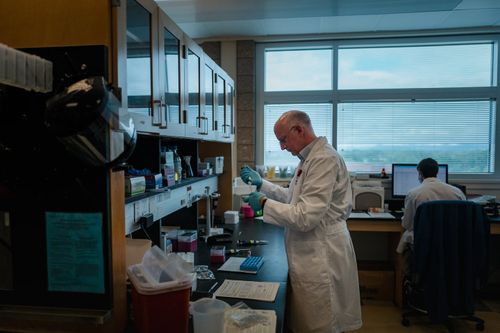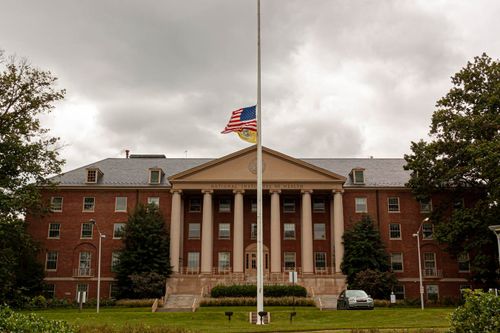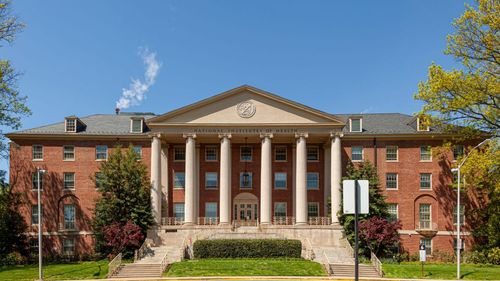NIH Slashes Budget on Overhead Costs Relating to Some Forms of Medical Research

The Trump administration is cutting billions of dollars in biomedical research funding, alarming academic leaders who said it would imperil their universities and medical centers and drawing swift rebukes from Democrats who predicted dire consequences for scientific research.

Therefore, this cut in NIH indirect cost rates will likely put more pressure on philanthropic organizations and make it more difficult for them to accomplish what they want to accomplish.
"This is a surefire way to cripple lifesaving research and innovation," wrote Matt Owens, president of the Council on Government Relations — an association of research institutions, academic medical centers, and research institutes — in an email to the Post.

The average NIH grant typically has about 30% earmarked for infrastructure costs. The new NIH policy will cap that indirect cost rate at 15%, effective immediately. The agency said the move would more closely align government-funded indirect costs with the rates paid by private foundations. The Gates Foundation, for example, pays a 10% rate for indirect costs.

The National Institutes of Health announced that negotiated rates were ending. Every existing grant, and all those funded in the future, will see the indirect cost rate set to just 15 percent. With no warning and no time to adjust, this will prove catastrophic for the budget of nearly every biomedical research institution.